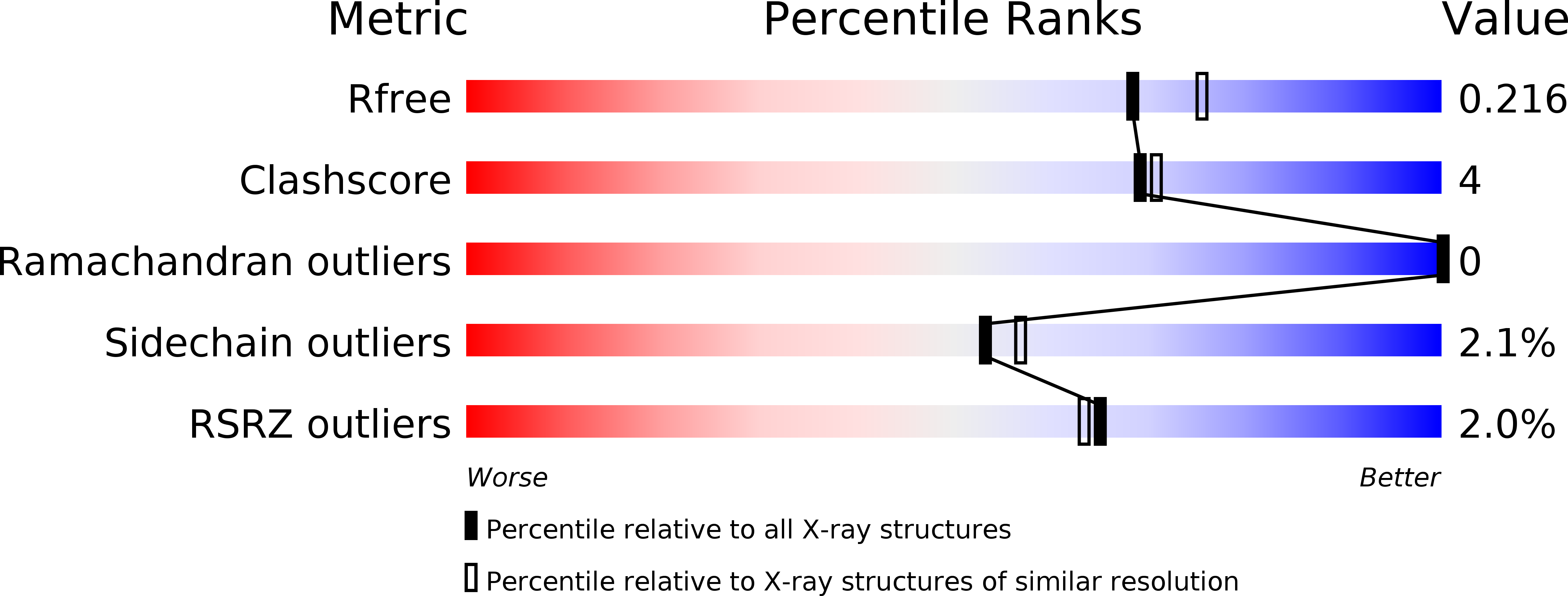
Deposition Date
2009-06-17
Release Date
2010-06-23
Last Version Date
2024-11-20
Entry Detail
PDB ID:
3HW7
Keywords:
Title:
High pressure (0.57 GPa) crystal structure of bovine copper, zinc superoxide dismutase at 2.0 angstroms
Biological Source:
Source Organism:
Bos taurus (Taxon ID: 9913)
Method Details:
Experimental Method:
Resolution:
2.00 Å
R-Value Free:
0.21
R-Value Work:
0.17
R-Value Observed:
0.17
Space Group:
P 21 21 21


